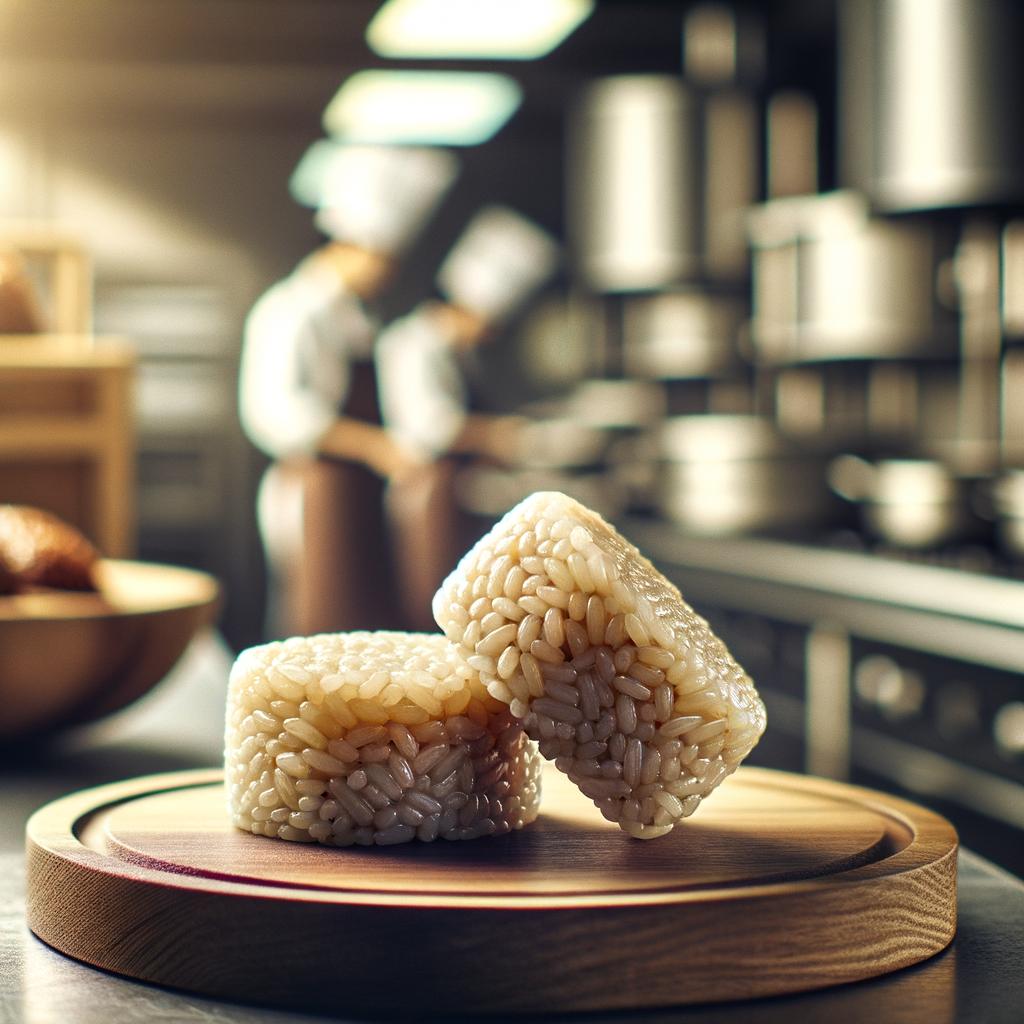Sticky Rice Cakes

Description
Sticky rice cakes, also known as glutinous rice cakes, are a divine delicacy that hails from the heart of Asian cuisine. They boast a soft, chewy texture that is uniquely satisfying, somewhat similar to a firm marshmallow. Their appearance is often a pristine, snowy white, although variations can be found in shades of pink, green, or even speckled with bits of colorful ingredients. The flavor profile of sticky rice cakes is subtly sweet and mildly nutty, providing a delicate canvas that beautifully absorbs the flavors of the ingredients they are paired with. What sets them apart from regular rice cakes is their delightful chewiness and their ability to stretch, a characteristic that comes from the high amylopectin content in glutinous rice.
Primary Uses
Sticky rice cakes are a versatile ingredient, used in a myriad of dishes across different Asian cuisines. In Chinese cooking, they are often served in savory dishes such as stir-fries, where they absorb the flavors of the sauce and accompanying ingredients. In Korean cuisine, they are a key component in Tteokbokki, a popular spicy and sweet dish. Japanese Mochi, a sweet treat often filled with red bean paste, is another classic example of the use of sticky rice cakes. Beyond culinary uses, these rice cakes also hold cultural significance in many Asian countries, often prepared during festivals and celebrations as a symbol of luck and prosperity.
History
The history of sticky rice cakes is as rich and diverse as the countries they originate from. In China, the making of these cakes dates back to the Neolithic Age, with their importance in Chinese culture deeply rooted in folklore and tradition. One popular legend tells of a hero who suggested the people make these cakes to feed a dragon that was causing havoc, successfully appeasing it. Over time, the use of sticky rice cakes has evolved and spread across different Asian cultures, each adding their unique twist to this versatile ingredient.
Nutritional Information
Sticky rice cakes, despite their name, do not contain gluten. They are a good source of energy, providing complex carbohydrates. They are low in fat and protein, and contain trace amounts of iron and calcium. However, they are quite high in calories and should be consumed in moderation, especially by those monitoring their caloric intake. Compared to regular rice, glutinous rice has a higher glycemic index, meaning it can cause a rapid increase in blood sugar levels. But when combined with a balanced diet, sticky rice cakes can be a delightful addition to your culinary repertoire.

